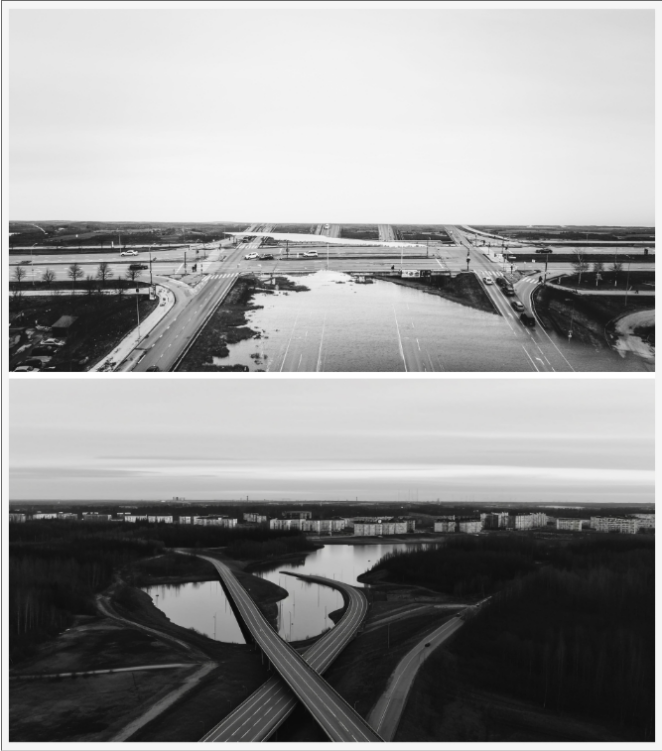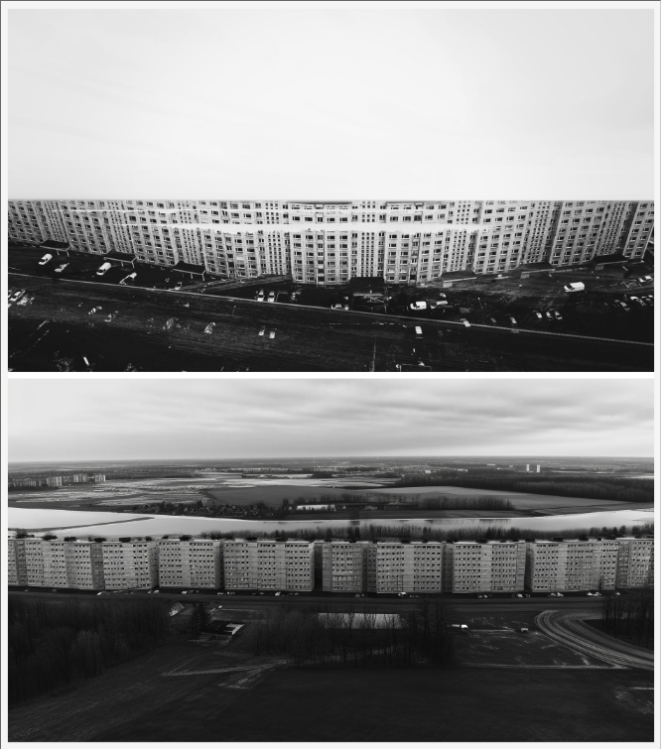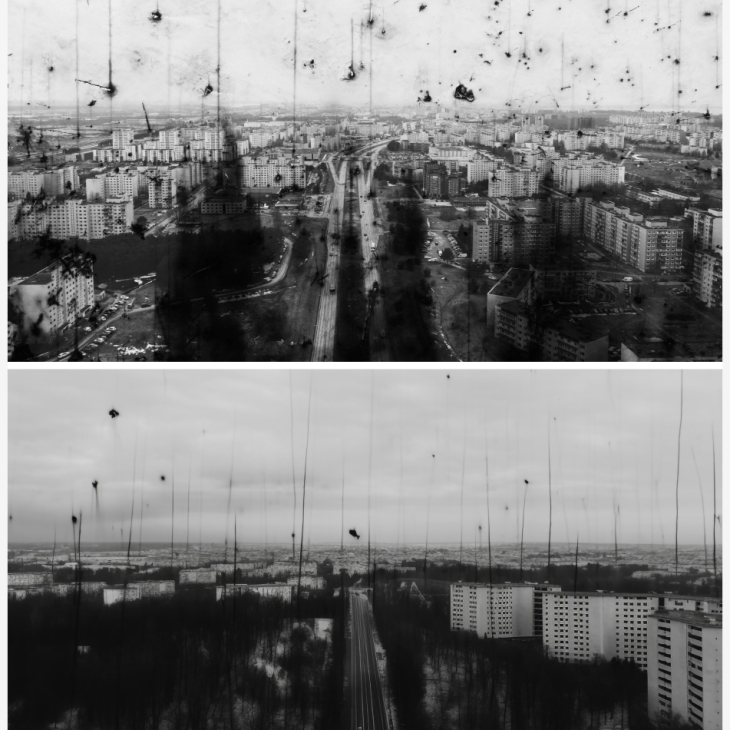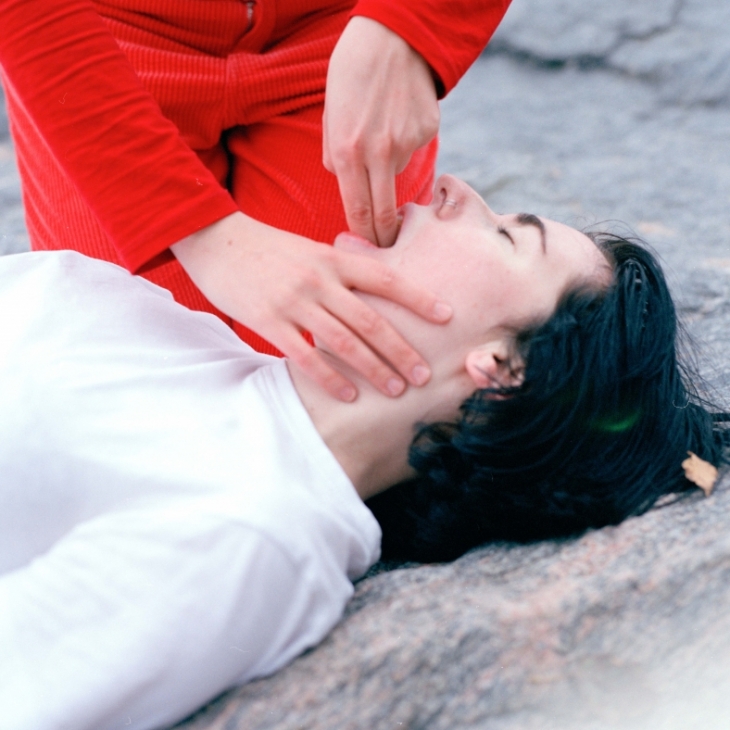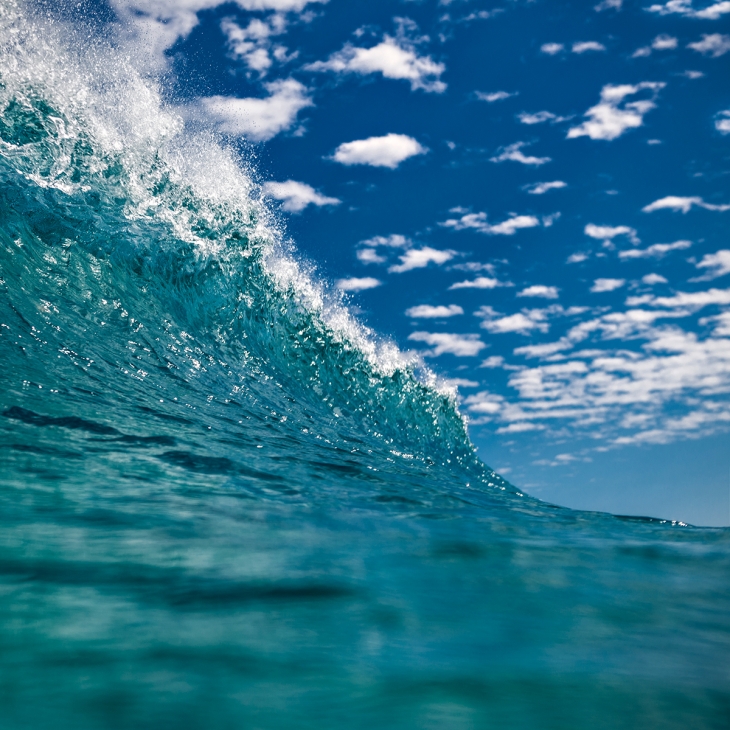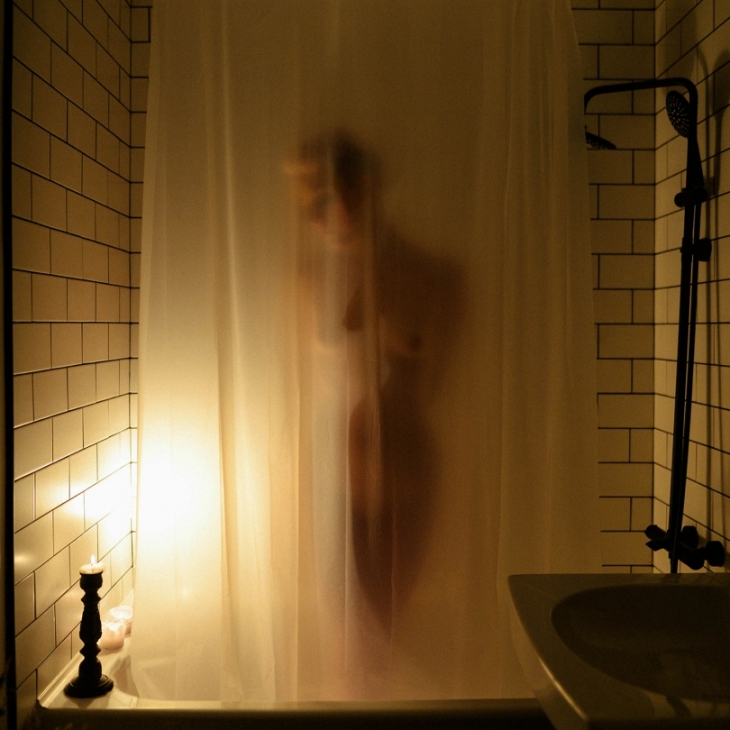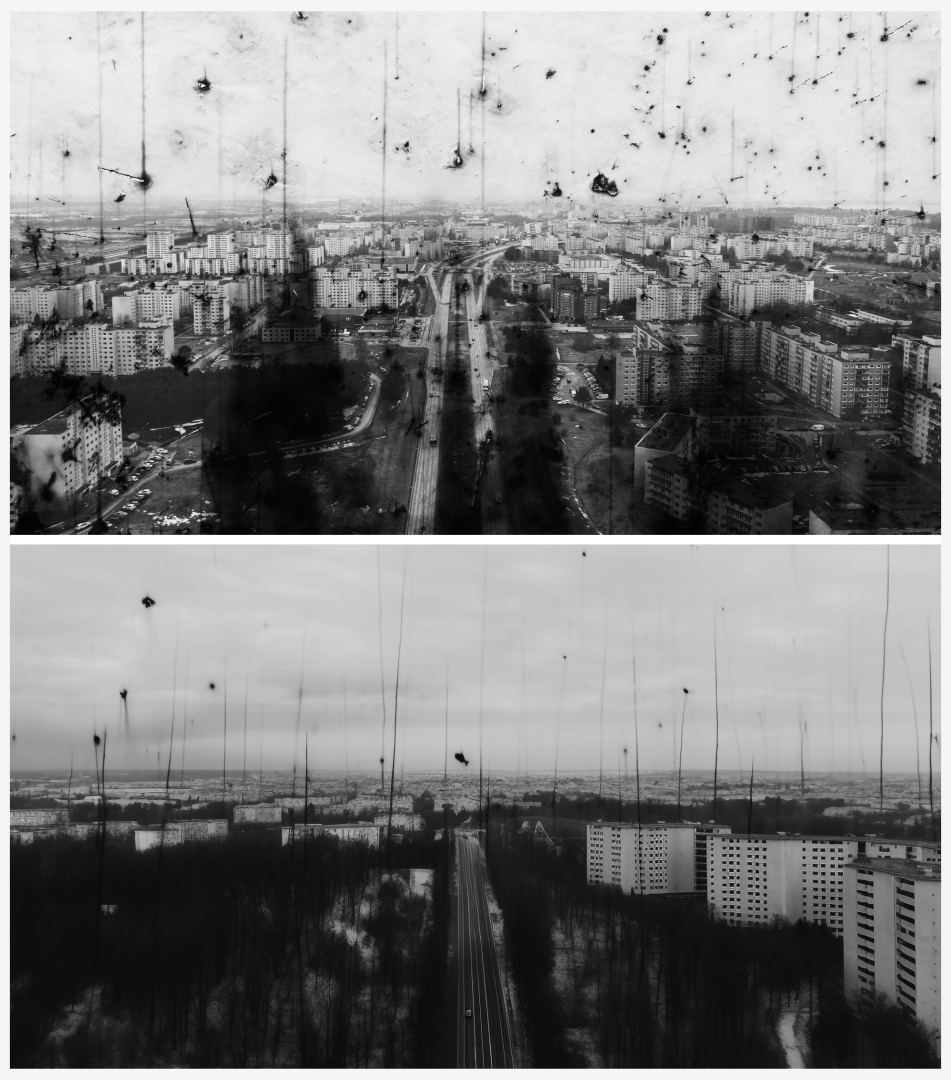AI&I , 2023
Photoshop, Midjourney
I have always been interested in surrealism and abstract art – looking through photos and trying to seek out all of the metaphors. When I first tried out double exposure on my DSLR, I knew this was something I had to continue to practice. The many layers in a single photograph reminded me of my childhood, when I first played around with the different overlays in Photoshop. The current most popular form of creating creative art has to be using AI to generate images via prompts. This phenomenon stuck with me for a while, until I finally tried it out myself. After learning about the different variations of AI image generators I came up with an experiment that I wished to try out – what if I make a double exposure series and parallel to my own I let AI put together its own version? That would let me analyse whether AI had the potential to be a crucial part of my editing in future multiple-exposure works or perhaps make my workflow easier. In my written thesis I go over the development and achievements of AI in the 21st Century arts. I also give insight into a few certain artificial intelligence image generators with small introductions. Even though artificial intelligence is causing concern in some corners of the art space, it is humane for us to take time to become accustomed to change. The ones who accept it first will be the ones to help shape its course in art history and make necessary changes for it to be more considerate of artists. As well as writing about AI usage in arts I also address the practice of multiple and double exposure in photography. In the practical part of my thesis, I made two parallel double exposure series, which both create a whole new series called “AI&I”. One of the series was put together manually by me with Adobe Photoshop, whereas the other one was made using the remix option in the MidJourney AI image generator. The pictures used in the series were taken in Lasnamägi, Tallinn, and South Estonia. The photos made entirely by me with the help of Photoshop look surreal and almost impossible, yet when they’re observed the viewer can still understand what is depicted. The series made with AI gave a whole different version of the photos, which looked like they could be real photos of some new places. What I conducted from this thesis, was that my experiment with the MidJourney image generator was rather successful. I expected the outcome to be something else entirely than what I got. I expected the photos, that AI-generated, to be more surreal and abstract like the ones I made manually with Photoshop. Instead, they were quite photo-realistic and looked like different empty dystopian sceneries. This journey taught me that artificial intelligence-based image generators will be quite skilled in the future, considering how well they have evolved in this short period already. The only downside that I felt with this experiment was that a lot of original details went lost in the image generation. However, the general tone of the generated images was still dark and gloomy as were my own double exposure photos. Thanks to this thesis I got the opportunity to try out a new creative way to compose my visual art and I will be sure to continue experimenting with artificial intelligence in the future. This work was also featured in the Estonian Photo Magazine Positiiv in September 2023. Likewise, this thesis has been awarded distinction by the final project assessment committee of Pallas University of Applied Sciences
